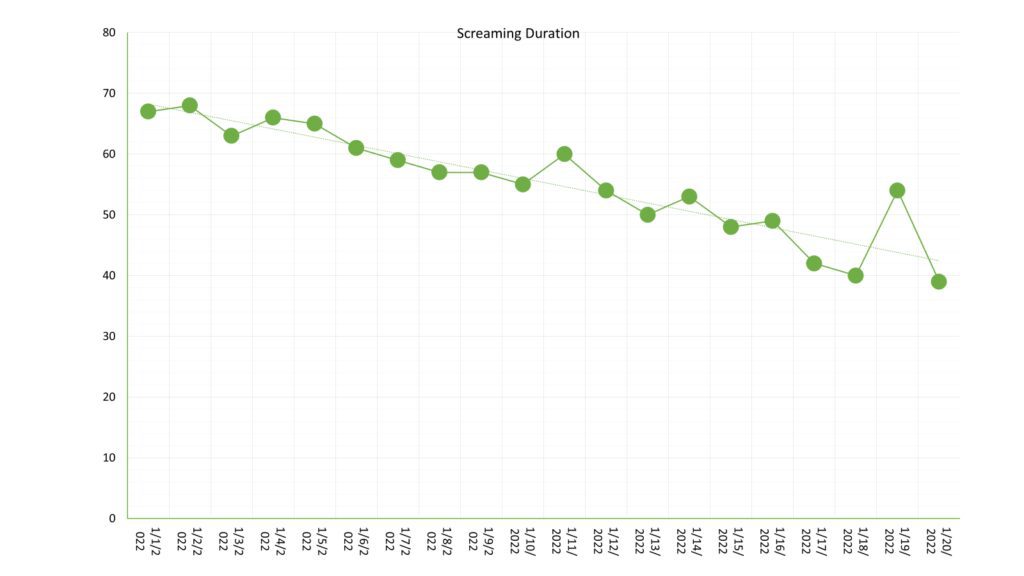In this module, we?ve looked at some of the reasons why we measure behaviour and some of the options we have with regard to measuring behaviour. To recap:
We measure behaviour to obtain answers to questions about the existence and nature of functional relations between socially significant behaviour and environmental variables.
Through measurement, we find out if and when a behaviour has changed
- The extent and duration of behaviour changes
- The variability and stability of behaviour before, during, and after treatment
- Whether important behaviour changes have occurred in other settings or situations and spread to other behaviours.
If frequent measurement of behaviour is not recorded, the intervention in place is vulnerable to committing 2 kinds of preventable mistakes
- Continuing an ineffective treatment when no real behaviour change has occurred
- Discontinuing an effective treatment because subjective judgement detects no improvement
To measure a behaviour, we must script an operational definition (sometimes called a behaviour definition or an operational behavioural definition. This definition should be
- Objective ? described using observable characteristics
- Clear – the description should have sufficient clarity so that a person unfamiliar with the behaviour can measure it
- Complete ? the boundaries of the behaviour should be descried in a way that it is easy for someone to include or exclude responses
Once a behaviour has been operationally defined, the next task is to be able to say how much the behaviour occurs. An objective measurement of this specific behaviour will prevent any subjective judgements concerning the effectiveness of interventions.
When choosing a measurement system, we need to ensure that the chosen method is both
- Sensitive ? produces an accurate and complete picture of a target behavior
- Practical ? the measurement system should be usable from the viewpoint of the observer
Once we have scripted a behavioural definition, chosen a measurement system and collected data. The next step is to graph the data.
Before describing how to graph behaviour, let?s look at an example that shows us the benefits of graphing.
The most common way that people tend to record behaviour (outside ABA) is using anecdotal data. Below is an example, of a teacher recording instances of a child flopping on the floor.

Collecting data allows us to be more objective and provides more information on the behaviour.

As you can see, presenting the data is more objective than anecdotal reports, but try to figure out if the behaviour is going up or down. It?s not easy if you?re just using raw data.
When the same data is organised on a graph, it becomes much easier to identify if the behaviour is increasing or decreasing. This is can help inform our decisions about if an intervention is required, or if an intervention is being effective.
Looking at the below graph, we could say that if there was an intervention was in place for screaming, it appears to be having a positive effect and should be continued.
